Thanks you, JuanShot2go for fixing this birb
Controls:
Ag1 and throttle to activate wings
VTOL up to 0,5 for takeoff
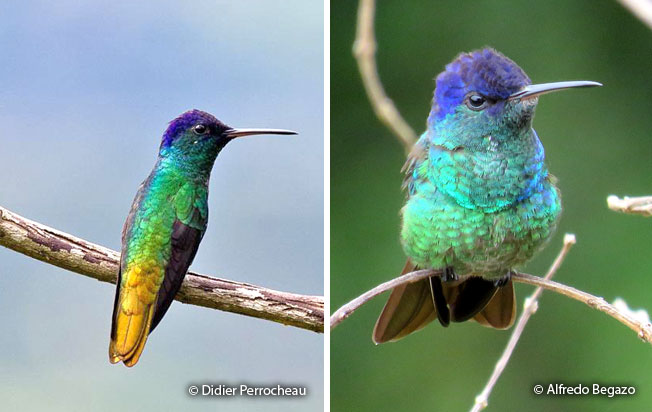


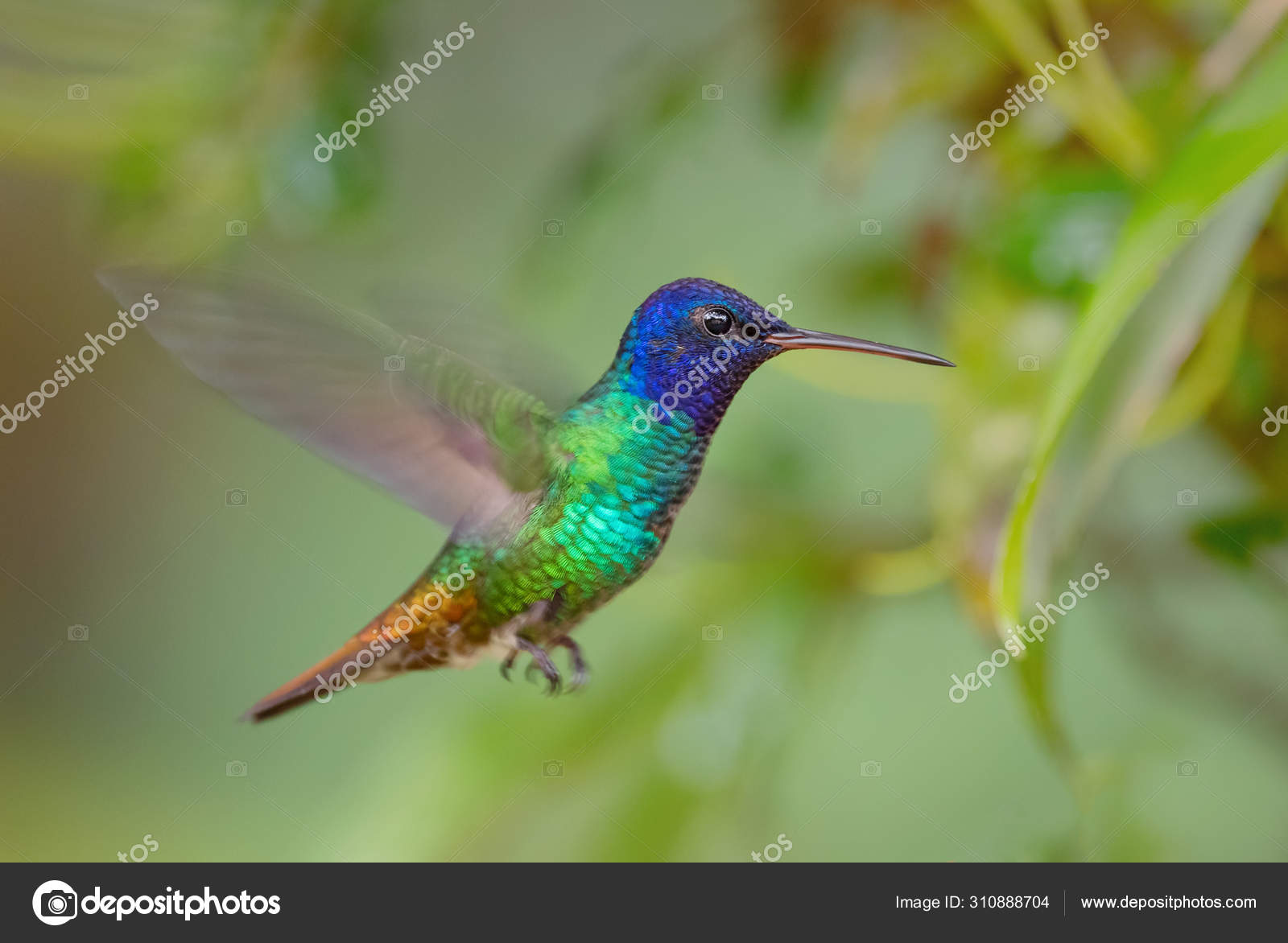 The golden-tailed sapphire (Chrysuronia oenone) is a species of hummingbird in the family Trochilidae. It is found in Bolivia, Brazil, Colombia, Ecuador, Peru, Trinidad and Tobago, and Venezuela.
The golden-tailed sapphire (Chrysuronia oenone) is a species of hummingbird in the family Trochilidae. It is found in Bolivia, Brazil, Colombia, Ecuador, Peru, Trinidad and Tobago, and Venezuela.
Hummingbirds are birds native to the Americas and comprise the biological family Trochilidae. With about 360 species, they occur from Alaska to Tierra del Fuego, but the vast majority of the species are found in the tropics. They are small birds, with most species measuring 7.5–13 cm (3–5 in) in length. The smallest extant hummingbird species is the 5 cm (2.0 in) bee hummingbird, which weighs less than 2.0 g (0.07 oz). The largest hummingbird species is the 23 cm (9.1 in) giant hummingbird, weighing 18–24 grams (0.63–0.85 oz). They are specialized for feeding on flower nectar, but all species consume flying insects or spiders.
Hummingbirds split from their sister group, the swifts and treeswifts, around 42 million years ago (Mya). The common ancestor of extant hummingbirds is estimated to have lived 22 Mya in South America. They are known as hummingbirds because of the humming sound created by their beating wings, which flap at high frequencies audible to humans. They hover in midair at rapid wing-flapping rates, which vary from around 12 beats per second in the largest species to around 80 per second in small hummingbirds. Of those species that have been measured during flying in wind tunnels, their top speeds exceed 15 m/s (54 km/h; 34 mph). During courtship, some male species dive from 30 metres (100 ft) of height above a female at speeds around 23 m/s (83 km/h; 51 mph).

Hummingbird flight has been studied intensively from an aerodynamic perspective using wind tunnels and high-speed video cameras.)
Two studies of rufous or Anna's hummingbirds in a wind tunnel used particle image velocimetry techniques to investigate the lift generated on the bird's upstroke and downstroke. The birds produced 75% of their weight support during the downstroke and 25% during the upstroke, with the wings making a "figure 8" motion.
Specifications
Spotlights
- Sergio666 4.4 years ago
General Characteristics
- Predecessor Hummbird-Wibbleys
- Created On Android
- Wingspan 48.2ft (14.7m)
- Length 20.8ft (6.3m)
- Height 24.1ft (7.4m)
- Empty Weight N/A
- Loaded Weight 507lbs (230kg)
Performance
- Power/Weight Ratio 442.647
- Wing Loading 5.6lbs/ft2 (27.5kg/m2)
- Wing Area 90.0ft2 (8.4m2)
- Drag Points 167
Parts
- Number of Parts 120
- Control Surfaces 3
- Performance Cost 723

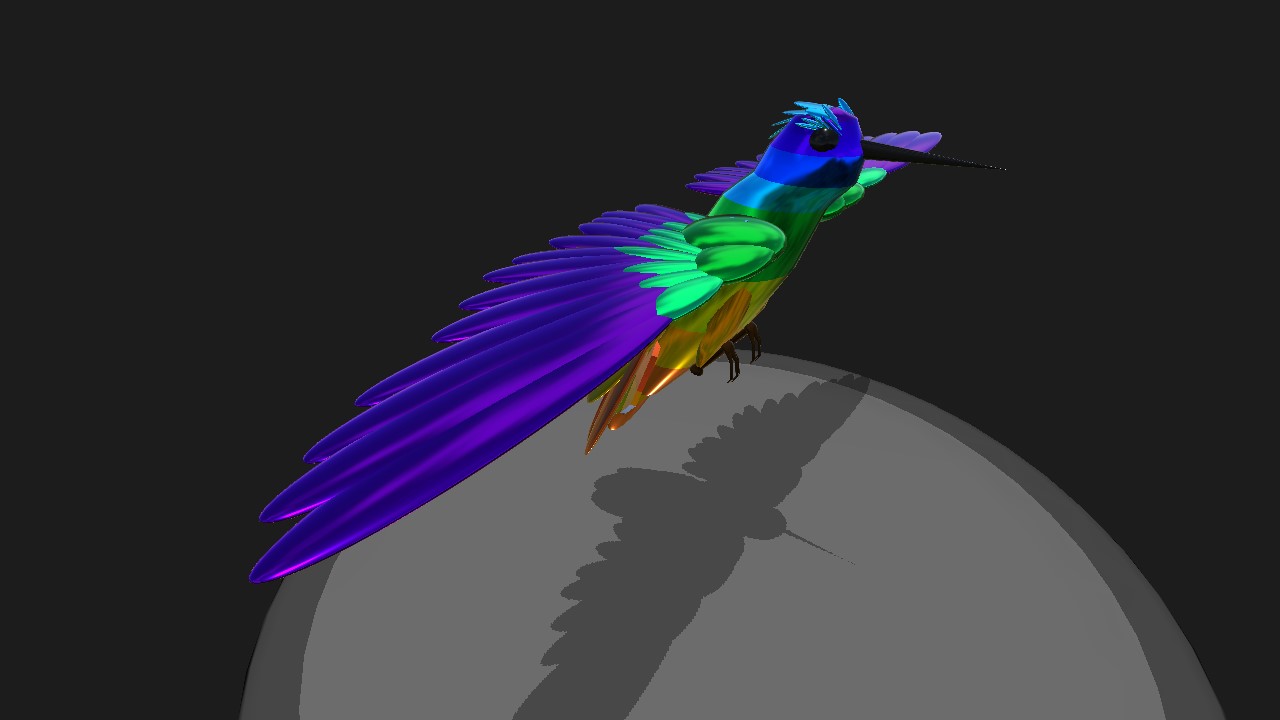
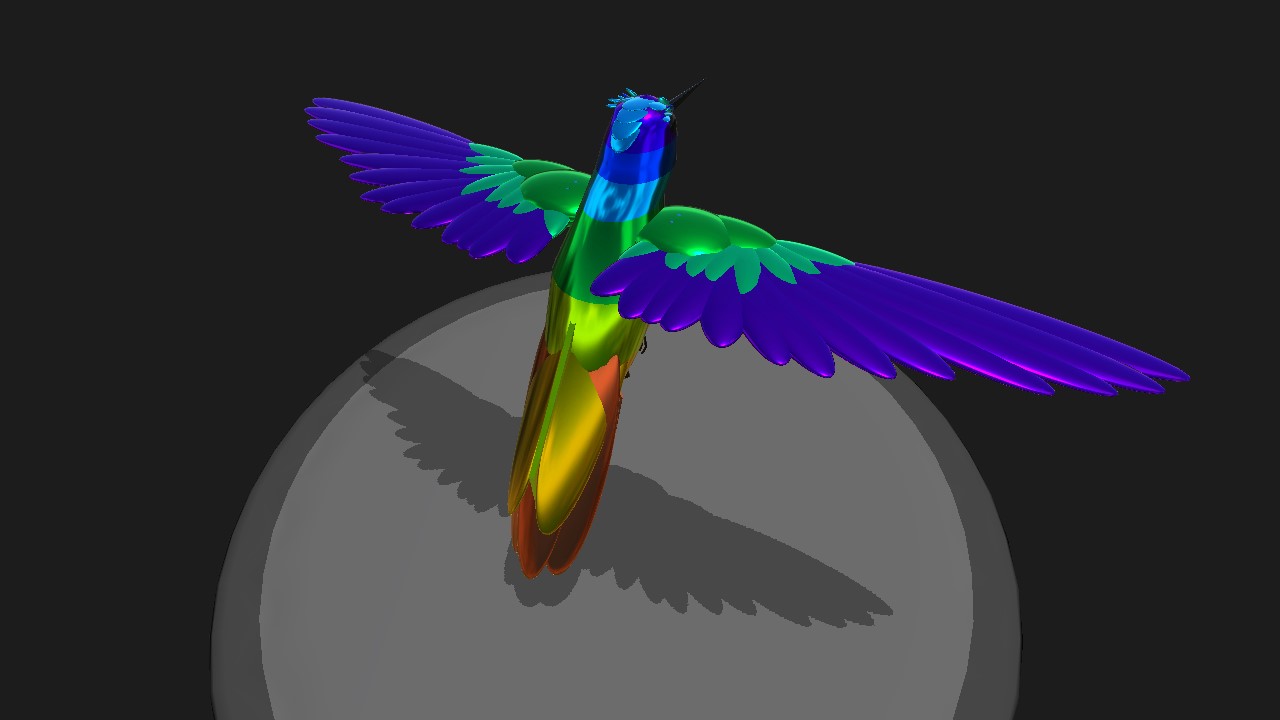
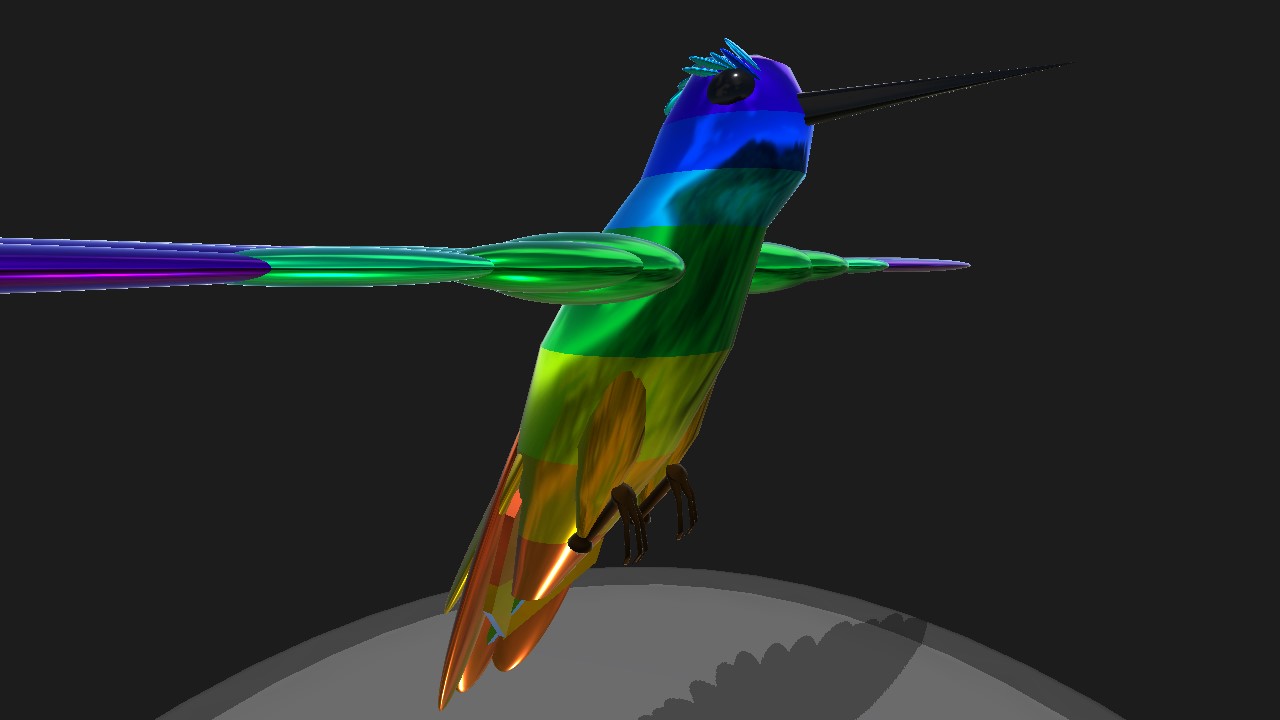
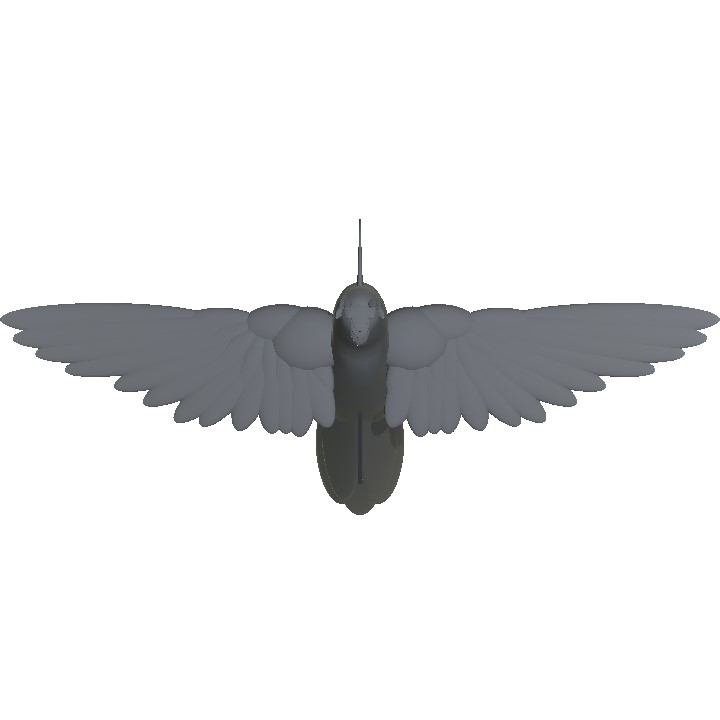
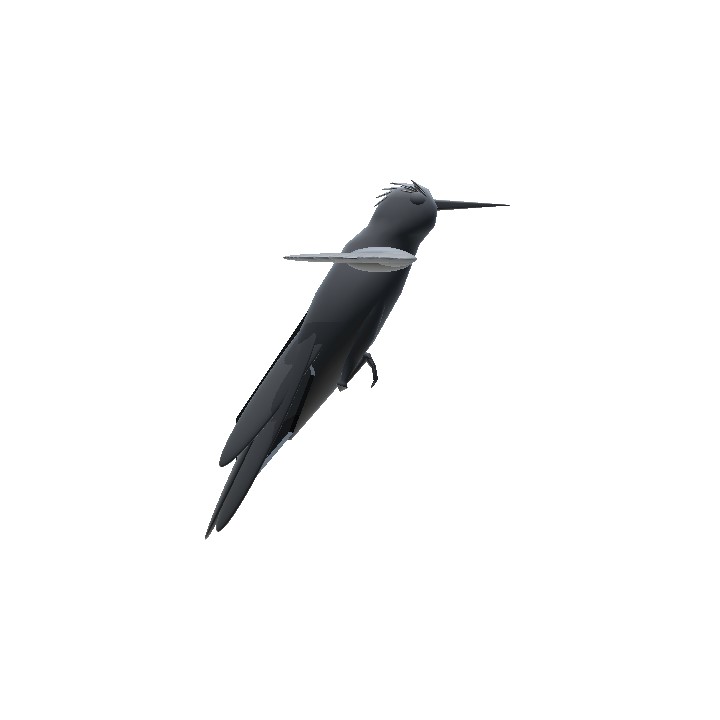
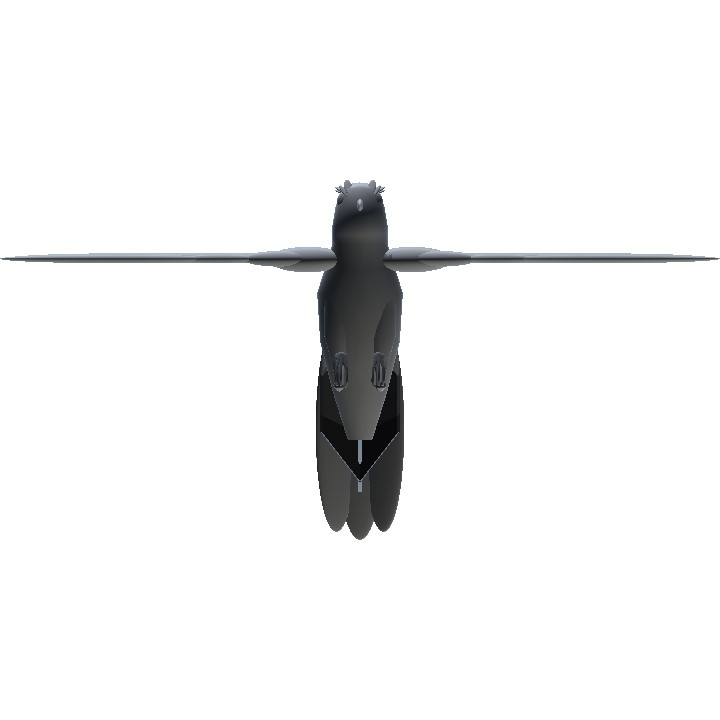
@Wibbley Thanks
@ReturningShu
That's cool, let's be friends
Can we be friends?
Then I will have my first Russian friend
BIRDS !!!
I get smarter every day
@JUPTER Thank you very much
I'm Brazilian and I really liked these birds that you make
Thank you for upvotes
@JUPTER